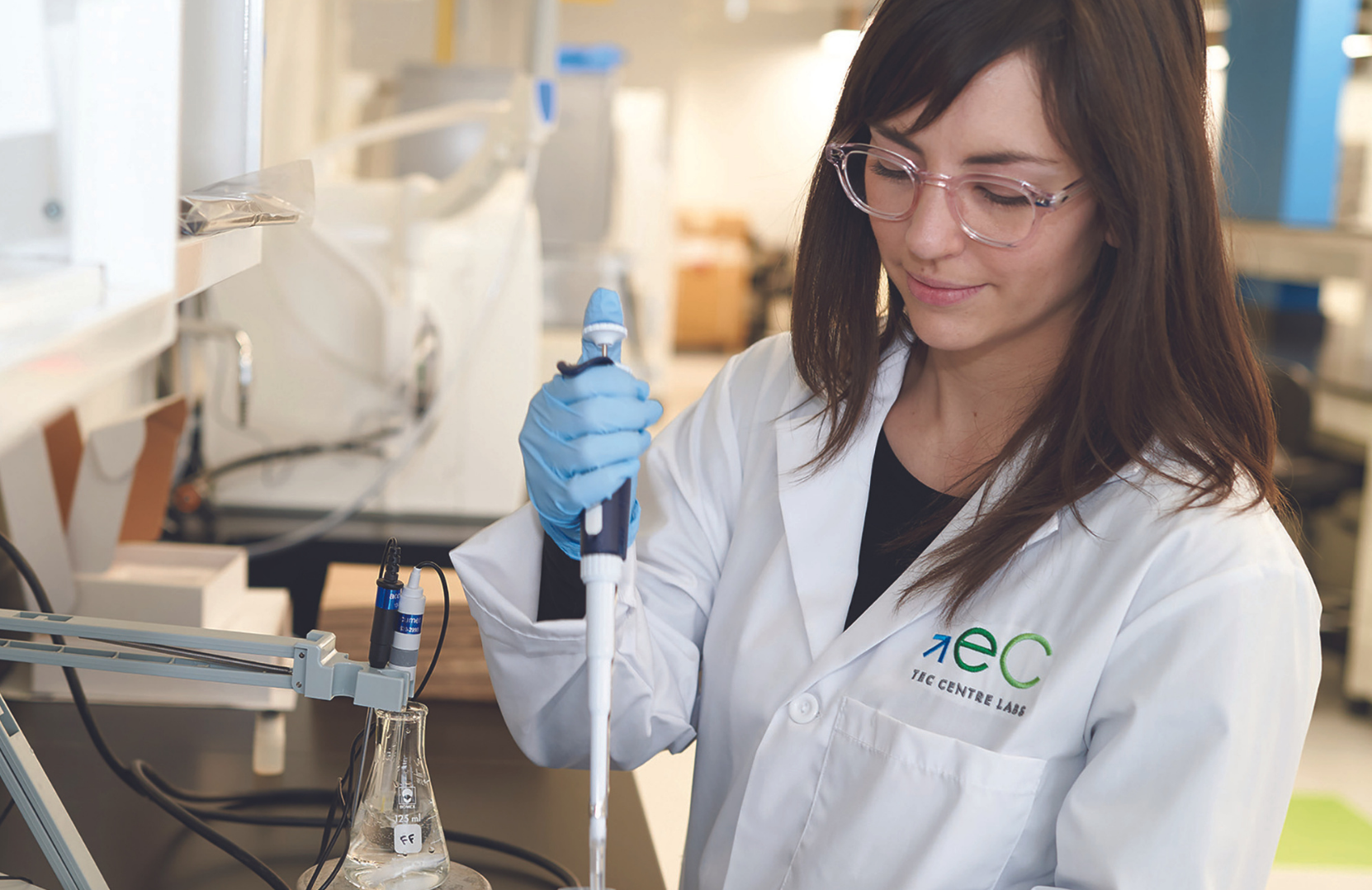In a world where climate change is reaching the point of no return and population numbers continue increasing dramatically, can lab-grown meat resolve some of the biggest concerns caused by the traditional meat industry?
It is no secret that as a society, we have become incredibly dependent on meat consumption as a dietary source of protein. In statistics from 2018 found on Statista.com, the US came in at the highest consumer of meat with 219 pounds of annual consumption per capita, and it doesn’t end there. According to the same site, in 2020, the world value of the meat industry was $838.3 billion, with a forecast of over one trillion by 2025.
So what does this mean? Well, it means that with the increase in production comes the rise in greenhouse gases. These are greenhouse gases that are already incredibly high when considering that, according to the Food and Agricultural Organization of the United Nations (FAO), 14.5 per cent come from the meat industry.
Along with the meat industry comes issues like deforestation and landmass used as the sector tries to meet the increasing demand of production. As reported on www.fao.org, this rising demand will only grow with a population increase expected to reach about 9.1 billion by 2050.
The question now becomes: how can we feed everyone while lowering greenhouse gas emissions and using less land? Lab-grown meat, also referred to as culture meat, can be a solution, or at least an essential part of one. Yadira Tejeda Saldana, research collaborations director for New Harvest, a non-profit organization that supports neglected areas of research, explains that lab-grown meat is achieved by growing cells of a particular animal through tissue engineering.
“Broadly speaking, it starts by taking a painless sample of tissue, isolating the cells that are going to be needed, or obtaining the cells directly from a cell bank which then are assembled on a scaffold so that they can grow. Then the cells are going to be fed and nurtured inside a bioreactor — picture a big brewery tank — and these bioreactors will have a growth media that will provide the nutrients and growth factors so that the cells can multiply and create muscle tissue,” Saldana said.
Regarding the environment, Saldana says that due to the lower use of resources such as water and land, lab-grown meat could have a far lesser impact on the environment overall. However, that may not be the case. In a research article written by John Lynch and Raymond Pierrehumbert on frontiersin.org, new modellings found that although lab-grown meat appeared to lower greenhouse emissions at first, over the long haul, it actually could have the same or worse effects on the environment as the traditional meat industry.
Nonetheless, environment, sustainability, and production needed are an intricate web when it comes to the meat industry. When you account for the increased population and limited resources, lab-grown meat may be the only way.
Still, those thinking that lab-grown meat could replace the traditional meat industry may be surprised to find out that it isn’t so. Bill Aimutis, executive director at NC Food Innovations Lab, says it’s about seeing the big picture. It will essentially get to a point where lab meat is filling in the gaps the meat industry can’t fill.
“We look towards the year 2040 when we have about 10 billion mouths to feed globally, and in order for us to meet the protein demands for those 10 billion people, we’re going to need protein from every source that we can produce. So, I think that is where cellular meat will come into play, regular meat, dairy, eggs, plant-based meat. And with plant-based meat you have fungal, insect, yeast; we’re going to be using everything we can,” said Aimutis.
With 2040 not far off, startups are actively working to introduce more protein options to the public before the production issue becomes a crisis. Even so, there are still some significant challenges.
Matt Anderson-Baron, co-founder and chief technical officer of Future Fields, says that despite some niche products in Singapore and Israel, greater availability of lab-grown meat is still a ways away.
“I think you will start seeing that more often, even within the next year or the next 18 months. You’ll see some niche restaurants that carry a few products, probably at a premium because production (costs are) still quite a bit higher. I think the bigger challenge is hitting price parity with the conventional meat products, so that is going to be a bit longer out, at least seven to 10 years before you see these products on a grocery store shelf,” said Anderson-Baron.
Cost can be a big issue for lab-grown meat, which relies heavily on what is called growth media. Anderson-Baron explains that the growth media is used to grow the cells, and is often the most challenging hurdle in cost reduction to meet the cost of traditional meat industries.
Cameron Semper, a postdoctoral fellow in the lab of Dr. Alexei Savchenko at the University of Calgary, presents a different take on the usefulness of lab-grown meat. “My work focuses on fish cells, and one thing that has always been appealing to me, being an Albertan, is that if the production facility could be localized in Alberta, you could have the option of fresh fish for sale in your market that hasn’t been transferred in a vehicle refrigerated for many hours from the coast or frozen,” Semper said.
Semper also feels that in terms of fish, there is a keen opportunity to have fish here that we would not otherwise have fresh access to being in a landlocked province. This also opens new doors to meet needs or wants for particular types of meats that may otherwise not be found locally or be difficult to source.
With the industry rapidly growing, there is also the possibility of a positive economic aspect with more jobs being produced. Future Fields only employed two people a mere year ago, but is now up to 16 employees, and Anderson-Baron says he expects that to double by next year. Saldana agrees and sees
a great opportunity for agriculture and lab meat industries to work together, benefiting both economically.
With all this said, there is still the consumer acceptance component. Lab-grown meat may not be appealing to all, and it would be hard to move forward without a demand. “There have been some consumer studies done. In places like Asia where food production is kind of a big concern, consumers there are very much open to these sorts of products, whereas in western cultures, depending on the demographic, the results are a little bit more mixed. But at the end of the day humans are always apprehensive of new technologies, and this is certainly no different,” said Anderson-Baron.
In the end, there may not be a choice. As the world population increases and the demand to feed everyone hits never-before-seen levels, humans may have to resort to any and all options in order to survive.





0 Comments